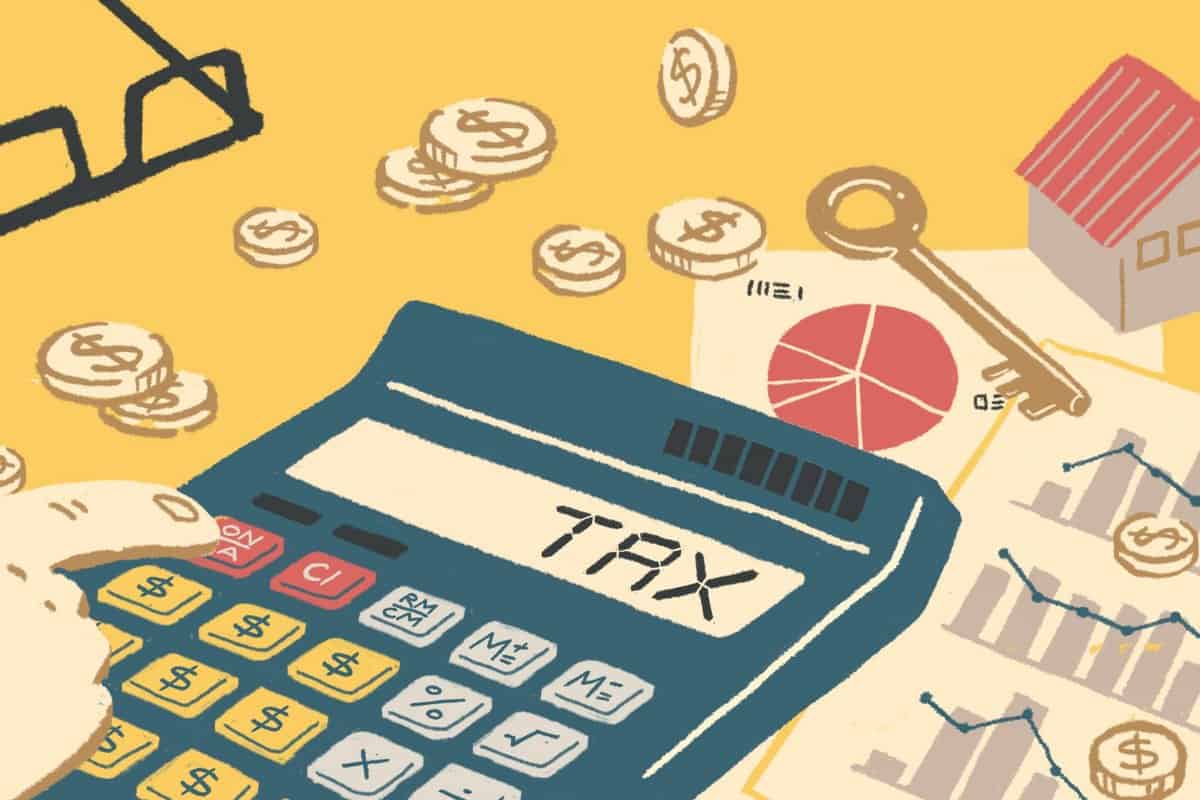
Under the conventional VAT system, output tax is collected from a customer by adding VAT at the applicable rate to the amount charged. However, a business also pays input VAT to its suppliers on purchases that it makes. The output tax must be paid to the tax offices after deducting the creditable input VAT. The tax is actually borne by the end consumer or enterprises which engage in goods/services supply
not subject to VAT.
Scope of VAT application
VAT is applicable to goods and services consumed within Vietnam. VAT is also applied at the import stage on imported goods. The import VAT must be paid to relevant customs concurrently with the import duty payment.
VAT exemption
There are 26 categories of goods and services out of the scope of VAT application. Examples of these include:
i) Transfer of LURs
ii) Credit services
iii) Financial derivative services
iv) Certain insurance services (including life and non-commercial insurance)
v) Medical services
vi) Cross border leases of drilling rigs, aero planes, and ships which cannot be produced in Vietnam
vii) Equipment, machinery, spare parts, specialized means of transportation and necessary materials used for prospecting, exploration and development of oil and gas fields (which cannot be produced in Vietnam)
viii) Goods in transit or trans-shipment via the territory of Vietnam; goods temporarily imported and re-exported and goods temporarily exported and re-imported; and raw materials imported for production or processing of goods for export in accordance with production or processing contracts for export signed with foreign parties
ix) Imported goods and goods or services to be sold to organizations and individuals for humanitarian aid or non-refundable aid (subject to limitations)
VAT rates
The standard VAT rate is 10% in Vietnam. A 0% rate applies to exported goods and services subject to certain conditions. A 5% rate exists for “essential” goods and services such as clean water, fertilizer, teaching aids, books, foodstuffs, medicine and medical equipment, husbandry feed, various agricultural products and services, technical/scientific services, rubber latex, sugar and its by products.
Output VAT calculation
The output VAT is calculated by multiplying the taxable price (net of VAT) by the applicable VAT rate.
Claiming input VAT credit
Input VAT (including input VAT withheld on FCs under the withholding tax mechanism) credit must be claimed within 6 months from the month that the invoice is issued. Input VAT credit that is beyond this time limit will be rejected.
In case the invoice total value (i.e. sale price plus VAT) is VND 20 million or more, a bank payment proof must be made available for the input VAT to be claimable.
Method of VAT calculation
VAT regulations in Vietnam provide two methods of VAT calculation:
Deduction method
Under this method, VAT payable is calculated as the output VAT charged to customers less the creditable input VAT paid on purchases of goods and services. Proper bookkeeping and invoices are requisite requirements for applying for this method.
Direct method
In order to calculate VAT payable under this method, the added value in the period must firstly be calculated. The applicable VAT rate shall be applied to the added value to calculate the VAT payable.
Enterprises which fail to satisfy the requirements on book keeping/invoices and certain deemed goods/services (i.e. trading gold/foreign currency) shall be deemed to apply for this method.
VAT administrative
VAT code registration
All businesses (including foreign contractors, branches, operating offices of foreign organizations in certain cases) must register for a VAT code with local tax authorities within 10 working days from the date the investment license or certificate of business registration is granted.
VAT declaration and payment
The filing due date for monthly VAT return is 20th of the following month. VAT payable is required to be settled on the same due date.
VAT refund
An input VAT refund is allowed in certain cases (e.g. input VAT credit is larger than output VAT for 3 consecutive months). A refund may be conducted monthly, quarterly or annually depending on the circumstances of taxpayers.









